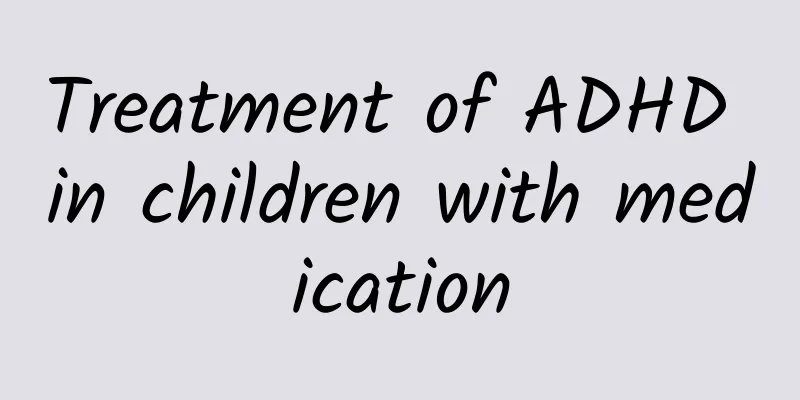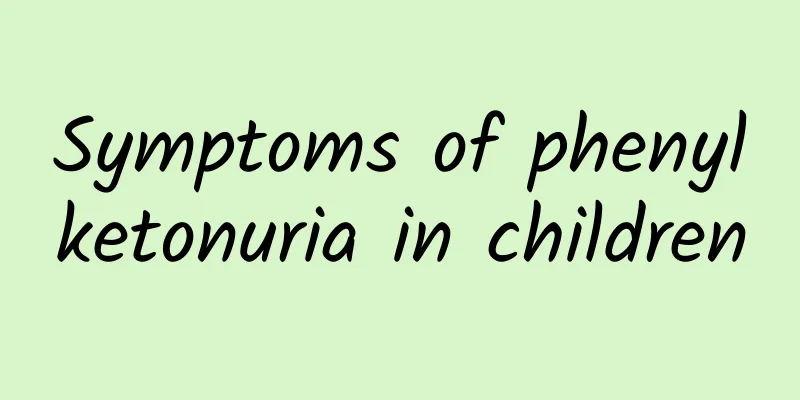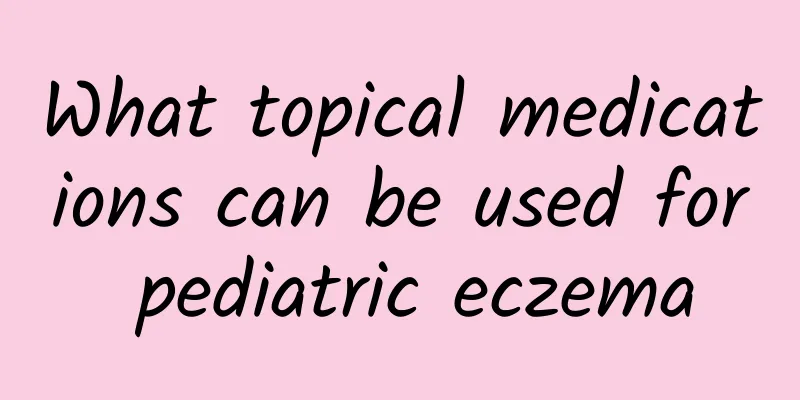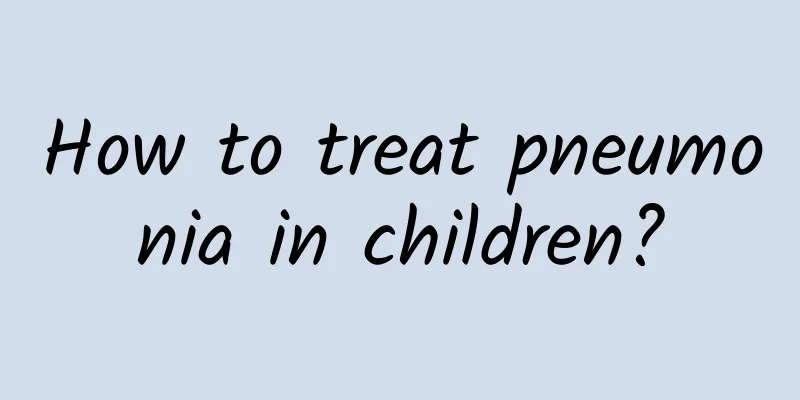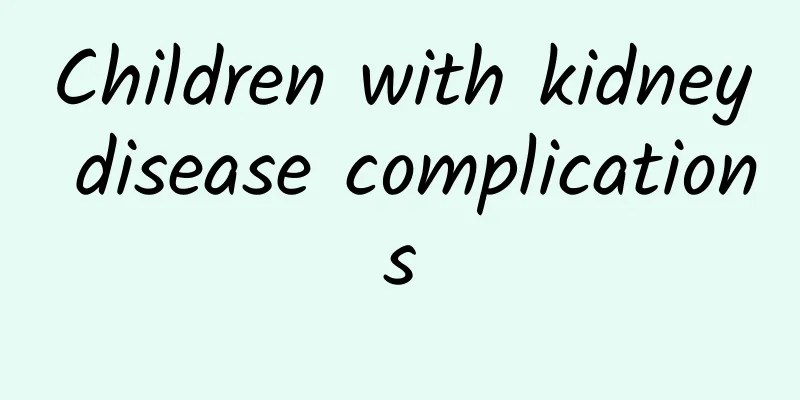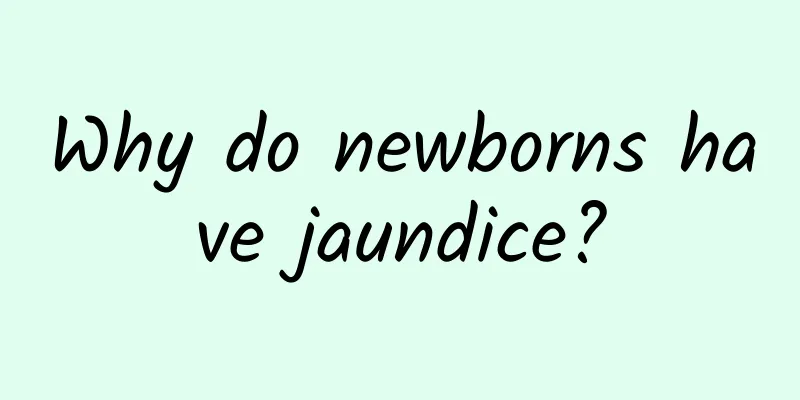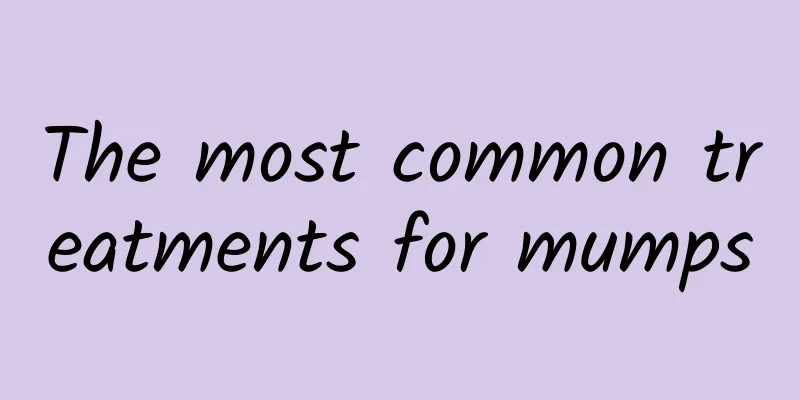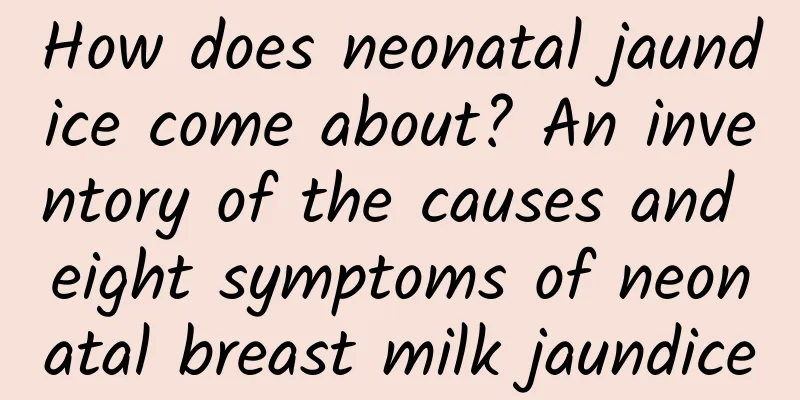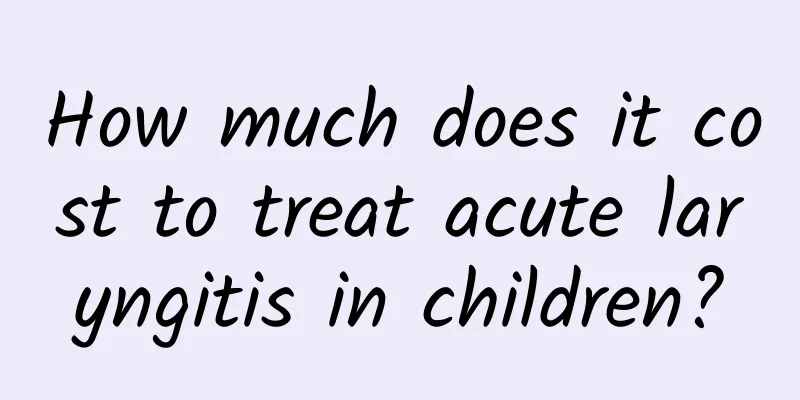Symptoms of polio in children
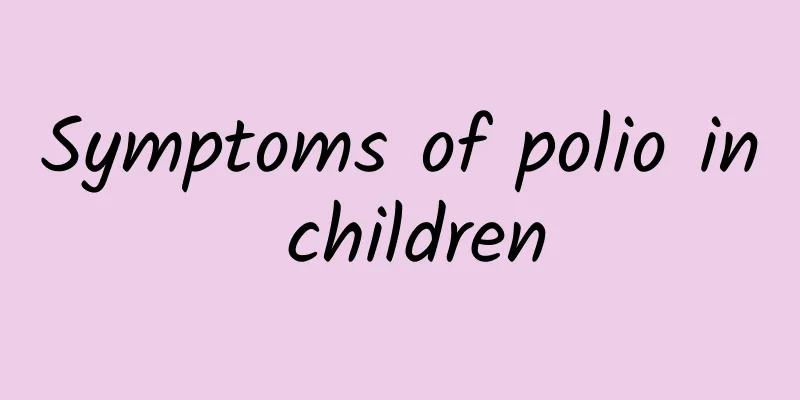
|
When a child is diagnosed with polio, we don’t know how to deal with it. This disease is particularly scary and seriously endangers the child’s physical health. Childhood paralysis is serious. A large number of children have symptoms of paralysis, which brings serious harm to children. Here we will introduce to you the symptoms of polio in children. Symptoms of polio: During the epidemic season, if susceptible people develop sweating, irritability, hyperesthesia, sore throat, neck, back and limb pain, stiffness, and loss of tendon reflexes after contact with patients, this disease should be suspected. The prodromal stage should be differentiated from general upper respiratory tract infections, influenza, gastroenteritis, etc. Patients in the pre-paralysis stage should be differentiated from various viral encephalitis, purulent meningitis, tuberculous meningitis, and epidemic encephalitis B. The appearance of flaccid paralysis is helpful for diagnosis. The incubation period is 3 to 35 days, usually 7 to 14 days. According to the severity of symptoms and the presence or absence of paralysis, it can be divided into latent infection, abortive type, non-paralysis type and paralysis type. Latent infection (asymptomatic type): No symptoms appear after infection, the virus reproduces only in the digestive tract, does not produce viremia, and does not penetrate the central nervous system, but the virus can be isolated from the pharynx and feces, and specific neutralizing antibodies can be detected in the body. Abortive type (mild), the virus invades non-nervous tissues throughout the body. Clinical symptoms lack specificity, and may include ① upper respiratory tract symptoms, such as varying degrees of fever, pharyngeal discomfort, pharyngeal congestion and hyperplasia of posterior pharyngeal lymphoid tissue, swollen tonsils, etc.; ② gastrointestinal symptoms, nausea, vomiting, diarrhea or constipation, abdominal discomfort, etc.; ③ flu-like symptoms, joint and muscle aches, etc. Symptoms last for 1 to 3 days and recover on their own. In the non-paralytic type, the polio virus invades the central nervous system and the circulating nerve fibers spread throughout the body. Symptoms of this stage may appear at the beginning of the disease, but most patients may be asymptomatic or have reduced symptoms for 1 to 6 days after the prodromal period and then enter this stage. The paralytic type is characterized by the clinical manifestations of the non-paralytic type, plus lesions involving the gray matter of the anterior horn of the spinal cord, the brain and cranial nerves, leading to muscle paralysis. After understanding the above introduction to the symptoms of polio in children, everyone has a clearer understanding of the symptoms caused by polio. The harm of paralysis is very serious, and many factors can induce the occurrence of paralysis. I hope that parents can have a clear understanding of the knowledge of paralysis and need to have a thorough understanding of the above-mentioned symptoms. |
>>: What can children with kidney disease eat
Recommend
Diagnosis points and differential diagnosis of diarrhea in children
The main points for diagnosing diarrhea in childr...
What should I do if my child coughs and has phlegm?
Children's cough with phlegm may be related t...
How to treat mumps in children and get better faster
Treatment of mumps in children should be a combin...
What fruits are good for children with diarrhea? What fruits can children with diarrhea eat?
Children have poor resistance and are easily infe...
How to treat a child's dry cough How to treat a child's dry cough
Many children now have symptoms of dry cough. If ...
How to prevent neonatal eczema 4 important measures to prevent neonatal eczema
Neonatal eczema is an allergic skin disease that ...
The difference between herpetic pharyngitis and hand, foot and mouth disease in children
Herpetic pharyngitis and hand, foot and mouth dis...
Can American ginseng be consumed frequently? What are the methods of taking American ginseng?
American ginseng is a very famous tonic medicinal...
What should I do if my newborn has severe jaundice?
What should I do if my newborn has severe jaundic...
Is polio contagious?
Polio is a contagious disease that is mainly tran...
When is the best time for children to take calcium supplements? It is recommended to take calcium supplements before going to bed or after breakfast.
The best time for children to take calcium is bef...
What is the best way to treat pediatric eczema? What medicine can cure pediatric eczema quickly?
Pediatric eczema is an allergic skin disease, whi...
What is the difference between herpetic pharyngitis and hand, foot and mouth disease in children?
The differences between herpangina and hand, foot...
What are the symptoms of congenital polio?
Compared with other orthopedic diseases, polio ha...
Treatment methods for hernia in children, 4 common methods for treating hernia in children
In current medicine, pediatric hernia does have a...
